Next level roof safety
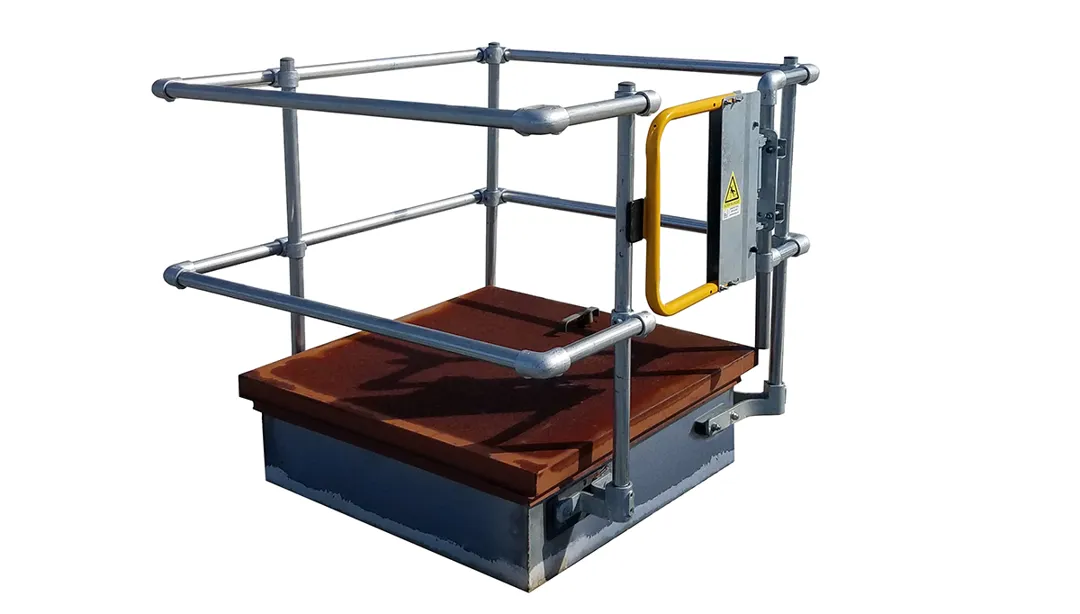
You are visiting the Canada Kee Safety website from United States. Would you like to go to the United States site?

Meeting and exceeding OH&S requirements, Kee Hatch® railing protects roof hatches with guardrail and a self-closing gate.
With multiple sizes available, Kee Hatch® integrates with all new or existing roof access hatches.
The roof hatch railing protects the opening and becomes a grab rail for climbers, ensuring safer transitions.
The mounting brackets bolt directly to the hatch frame, saving your roof membrane from any damage.
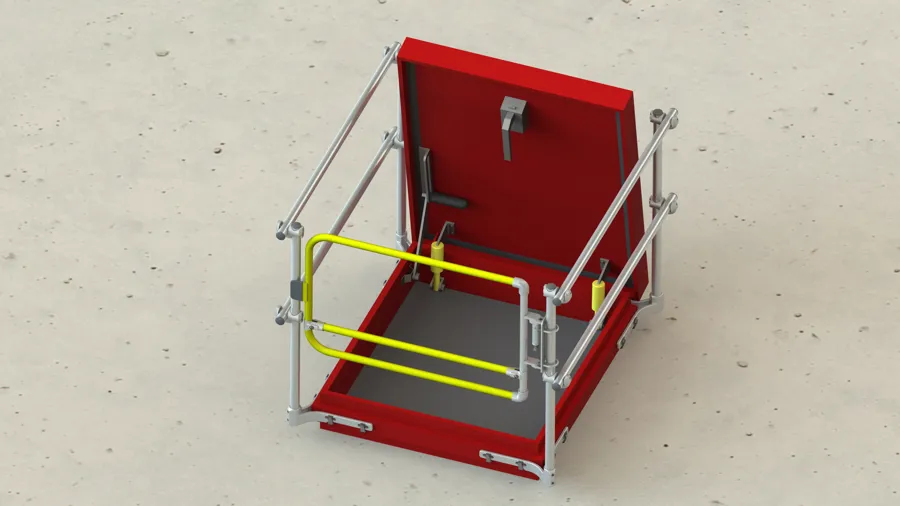
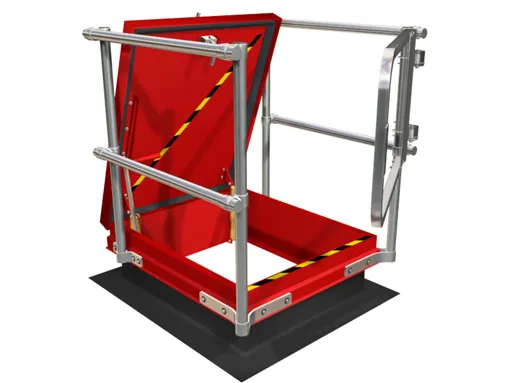
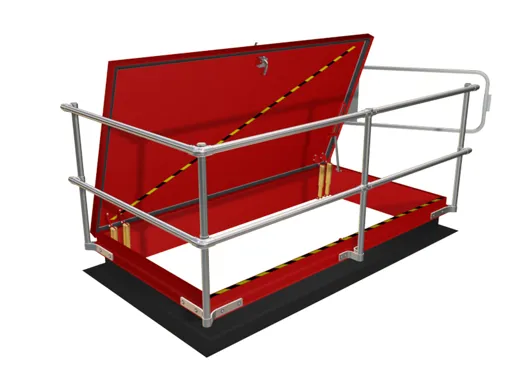
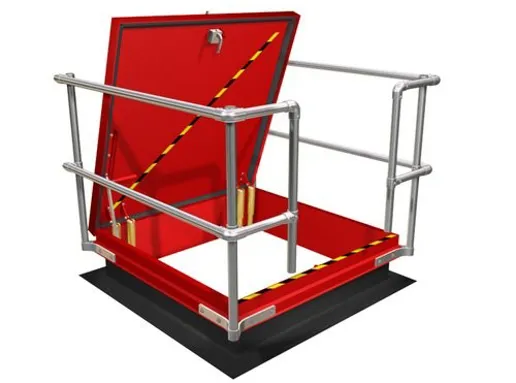
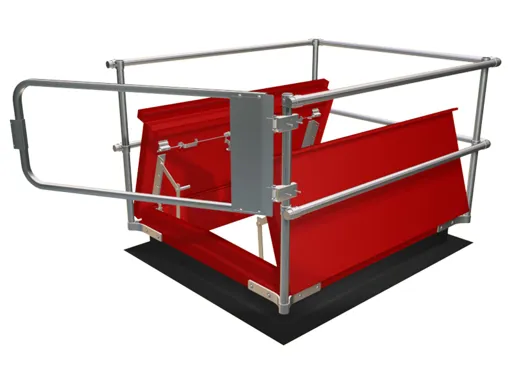
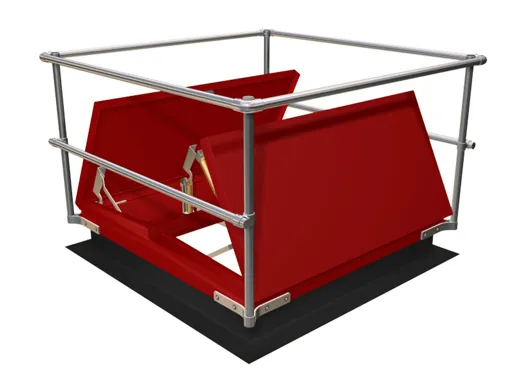

| Document | Format |
|---|---|
| Kee Hatch Model Selection Sheet | |
| Kee Hatch Specifications - Model RHSR-O 3636 | |
| Kee Hatch Specifications - Model RHSR-DL 4860 | |
| Kee Hatch Specifications - Model RHSR-FB 4854 | |
| Kee Hatch Specifications - Model RHSR-O 4848 | |
| Kee Hatch Specifications - KH-SS 3630 | |
| Kee Hatch Specifications - Model RHSR-FB 3054 | |
| Kee Hatch Specifications - Model RHSR-FB 4896 | |
| Rooftop Fall Protection Solutions Brochure | |
| Rooftop Safety Audit |
| Document | Format |
|---|---|
| Kee Hatch Model Selection Sheet |
| Document | Format |
|---|---|
| Kee Hatch Specifications - Model RHSR-O 3636 | |
| Kee Hatch Specifications - Model RHSR-DL 4860 | |
| Kee Hatch Specifications - Model RHSR-FB 4854 | |
| Kee Hatch Specifications - Model RHSR-O 4848 | |
| Kee Hatch Specifications - KH-SS 3630 | |
| Kee Hatch Specifications - Model RHSR-FB 3054 | |
| Kee Hatch Specifications - Model RHSR-FB 4896 |
| Document | Format |
|---|---|
| Rooftop Fall Protection Solutions Brochure | |
| Rooftop Safety Audit |
| Document | Format |
|---|---|
| Rooftop Fall Protection Solutions Brochure | |
| Rooftop Safety Audit |

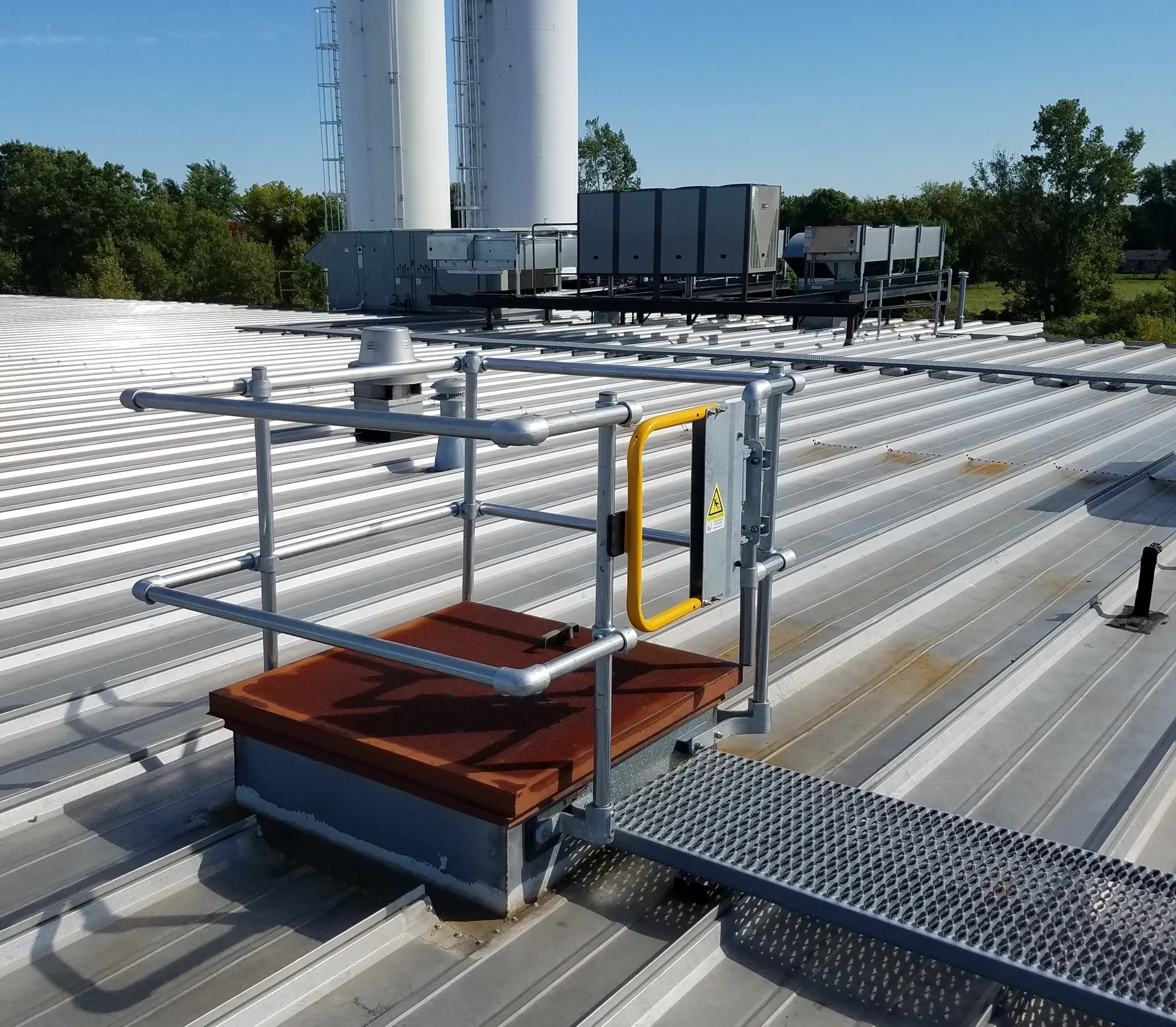
Please fill in your details below and we’ll be in touch shortly.